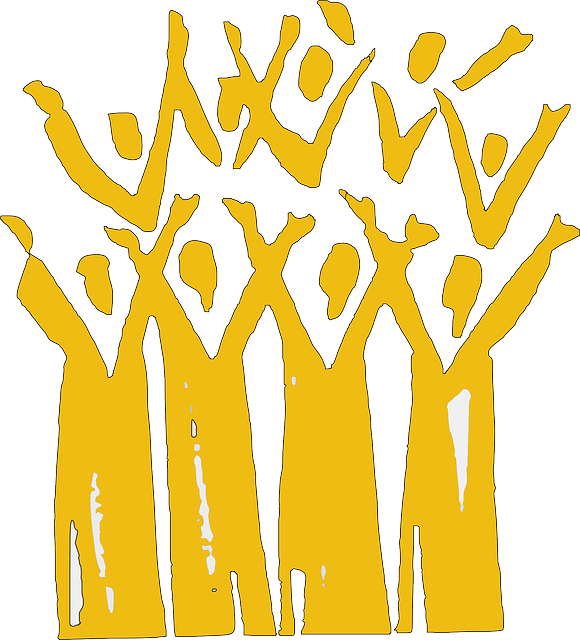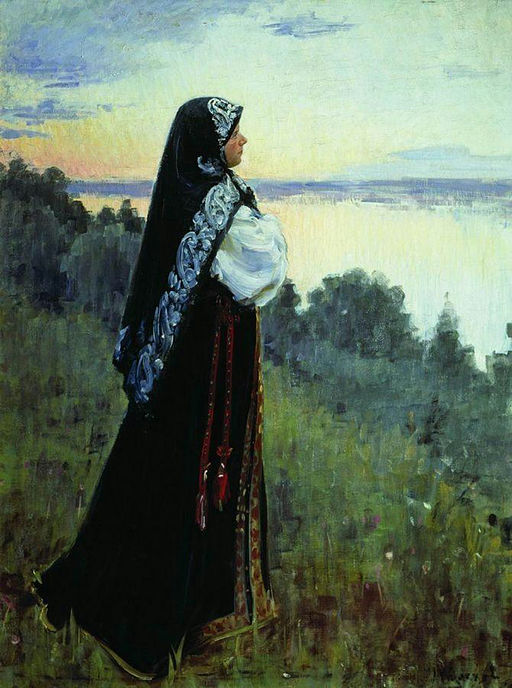There’s a saying floating round the internet: on a scale of one to ‘invade Russia in the winter’, how bad is your idea? Declaring war on Russia in autumn is definitely up the top end of the scale, which made it a fitting beginning for the Crimean War, a campaign so disastrous that a century and a half later it is still a byword for really poor decision-making. (Theirs not to reason why, theirs but to do and die…)

The Crimean War began when the Ottoman Empire declared war on Russia in October 1853 – the Ottoman Empire was weakening, and Russia thought this was an excellent opportunity to expand its borders, beginning by invading Ukraine. (Who says history never repeats?)
Other nations then joined in because – well, lots of reasons, mostly to do with not wanting Russia to get more powerful, or not wanting to lose face. (Oh, the countless deaths in wars fought because of What People Might Think.) Naturally, these were not the reasons given at the time. They seldom are, mostly because if you tell your troops they’re dying for the good of your reputation, they’re unlikely to join in with any enthusiasm.

It was the Crimean War which gave us the Charge of the Light Brigade (which was, remarkably, successful – or would have been if their backups the Heavy Brigade hadn’t realised they were galloping into a deathtrap and retreated) as well as Florence Nightingale (before whose arrival troops were ten times more likely to die of disease than wounds) and the balaclava (named after the Battle of Balaclava, where the aforementioned Charge took place).
Following the Crimean War, the balaclava became a standard part of military headgear, particularly for use in cold climates. During the World Wars, demand exploded, and women were encouraged to knit for the troops. “Knit for Victory”, the World War I campaign exhorted, and by the Second World War, knitting was recognized as an important contribution to the Home Front.
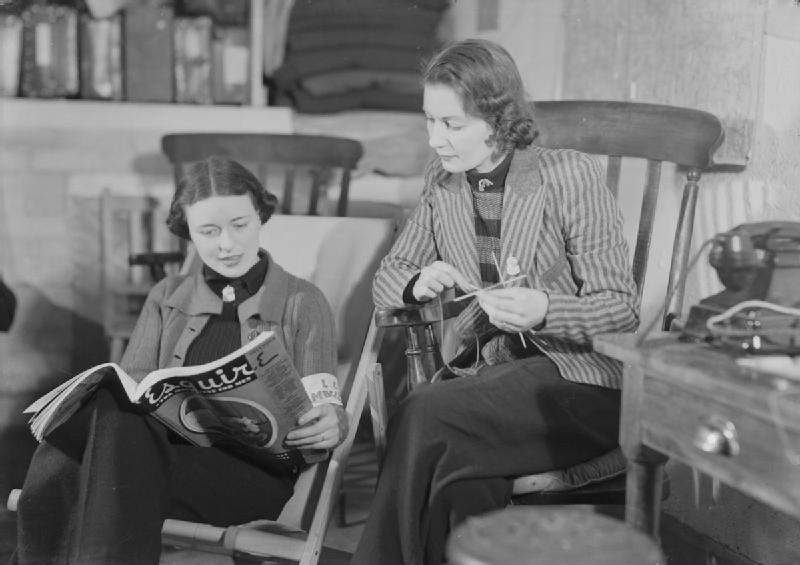
Women knitted at home, during breaks at work, in groups, or even in air-raid shelters, while waiting for the All Clear. The Anglican Church is said to have issued a ruling allowing women to knit during church services (something I still do, as I find keeping my hands busy helps me concentrate).
Socks were particularly in demand – they wore out quickly and needed to be changed more often than most knitted items – but scarves, gloves and balaclavas were also required. Naturally, the only colours allowed were khaki ‘drab’, or two kinds of blue (Navy & Air Force) – which soon lost their appeal for the knitters.
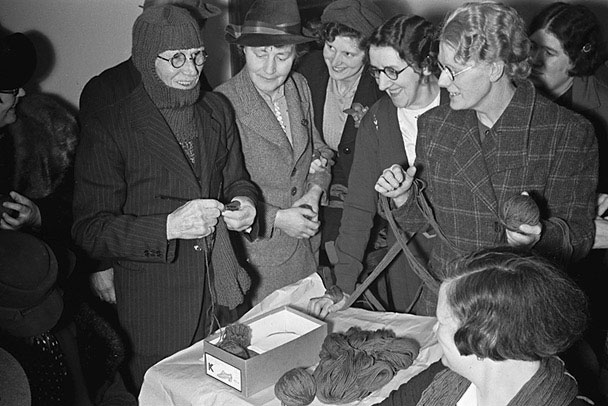
Patterns were issued, including this one – for original visuals, click here and scroll along. (Thanks to the V&A Museum for making these available.)
This was the pattern I used – adapted to a more classic balaclava style by eliminating the front and back flaps which tucked into the uniform, as well as the ear-flaps.
I didn’t take any pictures of the construction, but if you want to visualize it, think of it as an upside-down sock: a section of rib to grip the neck (leg), a section of garter-stitch, then turn the parietal (heel). Except of course no-one needs a toe in their face, so the head-sock finishes with another section of rib around the face (mid-foot).
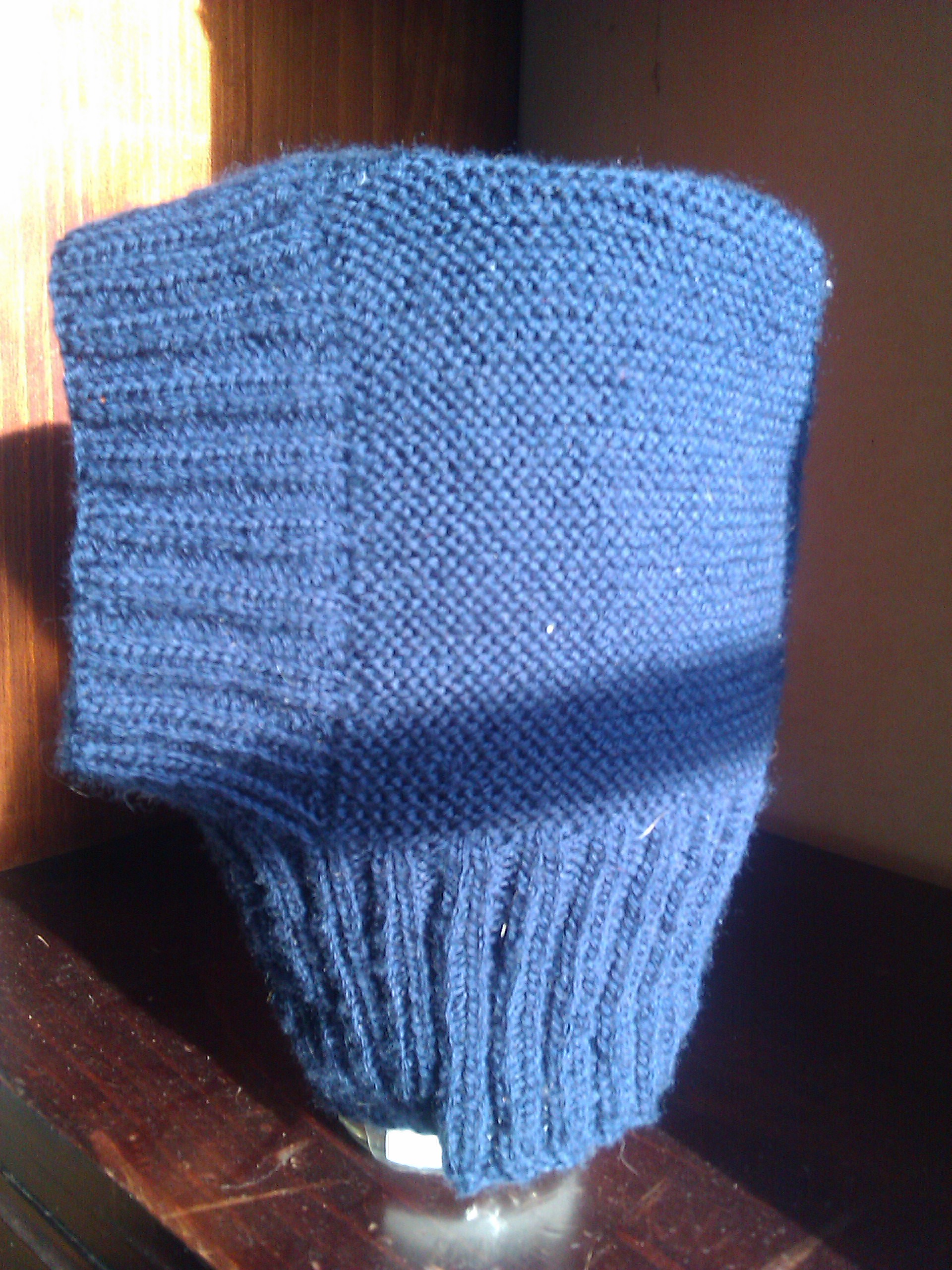
So this is my latest entry for the Historical Sew Monthly: the Blue Balaclava.
The Challenge(s): Blue and War & Peace
Fabric: dark blue merino 4-ply (Ashford MacKenzie, if you want the details)
Pattern: The Balaclava Helmet from Essentials for the Forces: Jaeger Hand-Knit Series no. 44, courtesy of the V&A.
Year: first half of the 1940s
Notions: none. knitted on circular needles in widths of 3.25mm & 2.75mm, because that’s what I had
How historically accurate is it?: well, I fiddled the pattern, but I’m pretty confident balaclavas in this style (minus ear-flaps and tuck-ins) would have been around at the time – this one, for example.
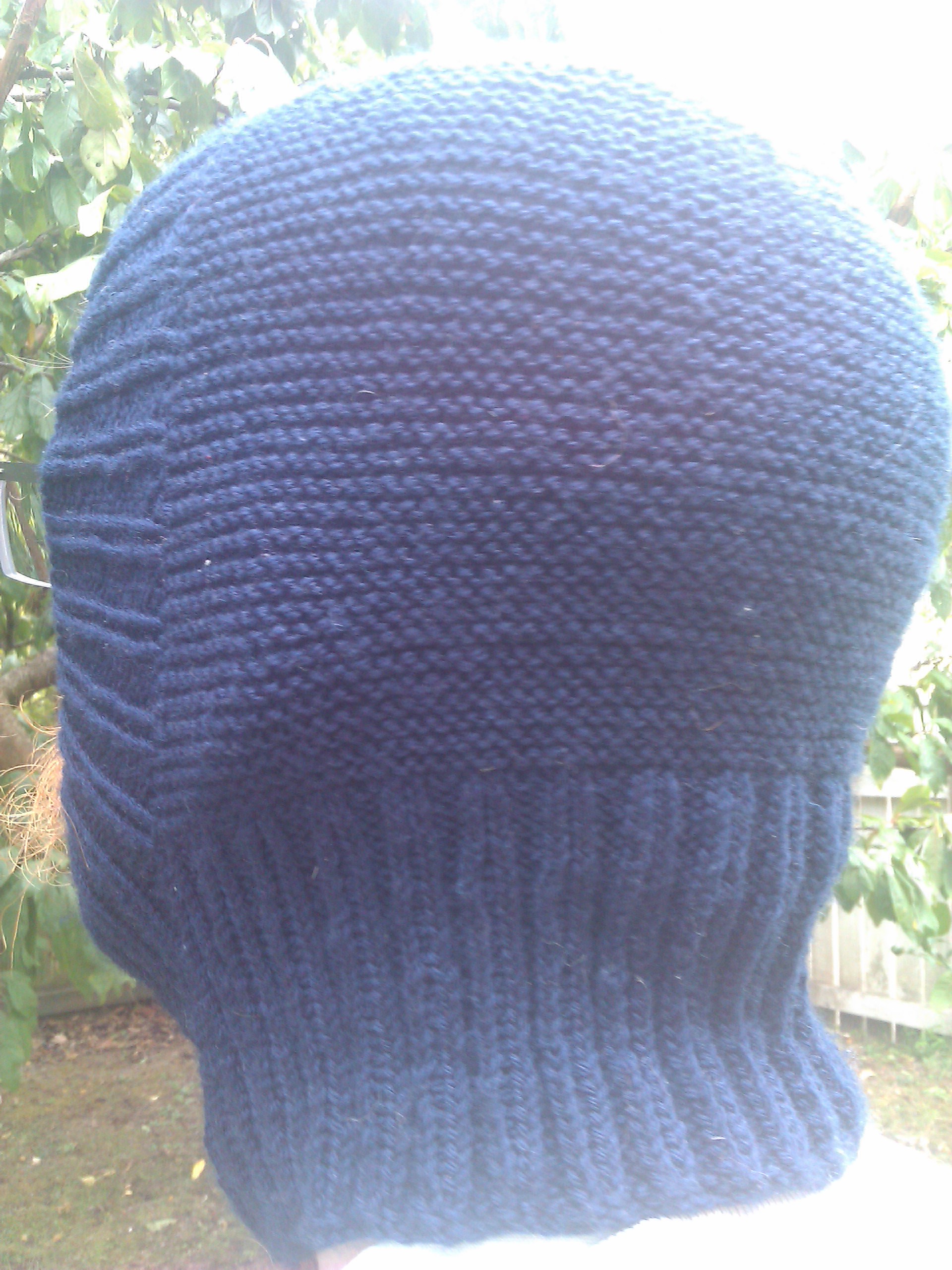
Hours to complete: I never know. Maybe ten, at a wild guess? When I knit I’m either relaxing, or doing it as a background to something else (reading, DVD, sermon…) so I never watch the clock.
First worn: in March, a day or two after it was finished. It was rather warm on the day itself – definitely too warm for balaclavas. But autumn is now here, and it’s getting a bit more wear.
Total cost: from stash, so officially none. It was part of a ball I’d used for a couple of other small projects. A whole ball (100g) is currently NZD16 – a bit over USD12. Alas, wool is no longer ninepence an ounce as specified in the pattern!
Part of what the Historical Sew Monthly is about is gaining a better understanding of the lives of those who lived before, and in this I cannot help but feel that I have failed. Unlike most if not all of the WWII knitters, I was knitting in peace and comfort, without being plagued by fear for a loved one’s safety, or grief for a loved one lost. Nor was I being bombed.

That’s the sort of thing you really can’t understand unless you experience it, and thank God, I haven’t. I knit my balaclava for a husband who is safely at home, and the cold it will protect him from is the nippy wind of a Wellington winter, not the bone-chilling frozenness of a battlefield (although to be fair, if we’d lived seventy years ago I’m pretty sure he would have been a much-maligned ‘conchie’ – a conscientious objector).
But if reading about the Crimean War and the women left behind in the World Wars has taught me anything, it’s to value peace. Because peace is a lot like breathing freely: you take it for granted – until you get a head-cold. And then you can’t think about anything else, and you’ll do anything that looks like it might help, and you swear you’ll never forget how glorious a thing it is, this breathing freely, this freedom, this peace.
But you do. You forget. We forget. And we mustn’t.

 And in despair I bowed my head;
And in despair I bowed my head;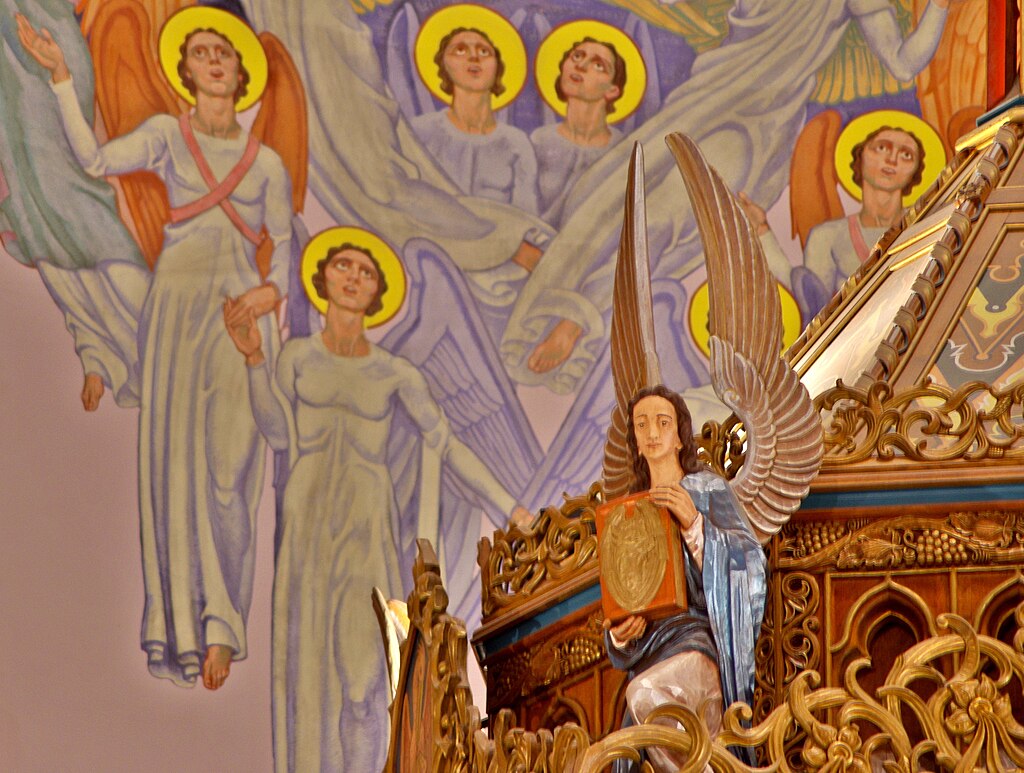 Yet with the woes of sin and strife
Yet with the woes of sin and strife
